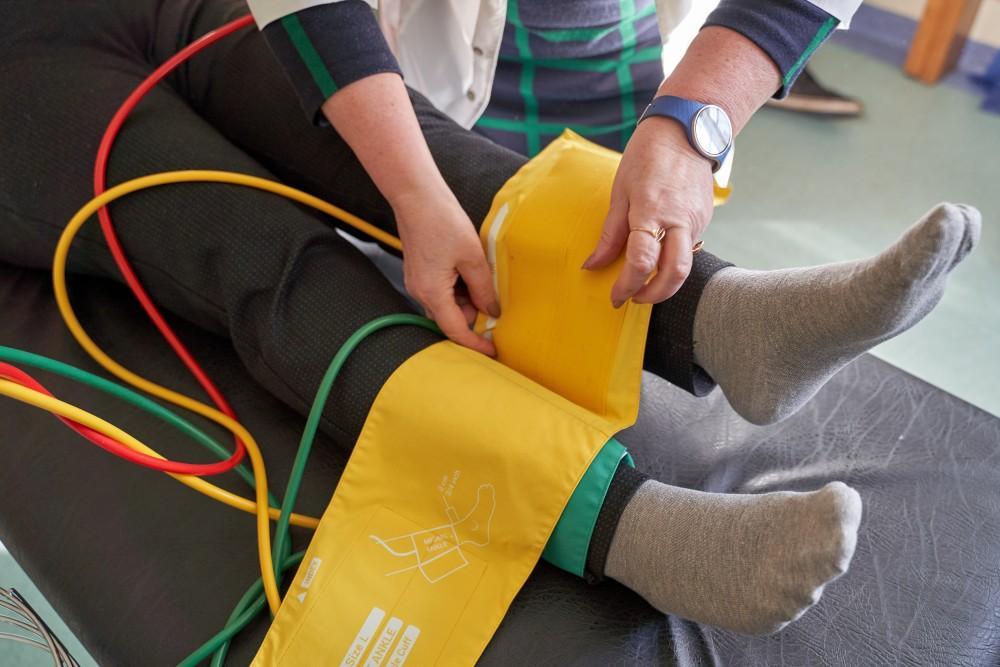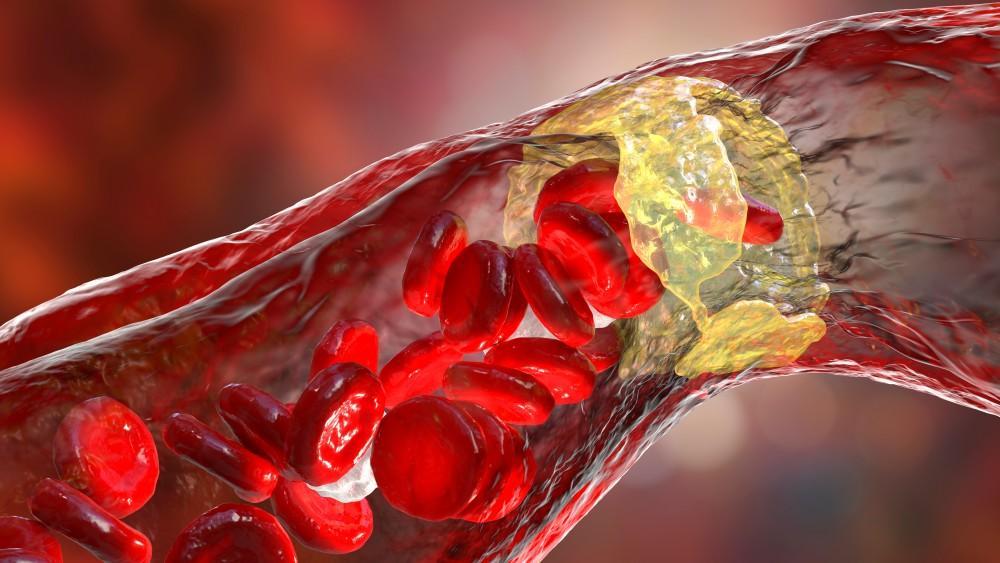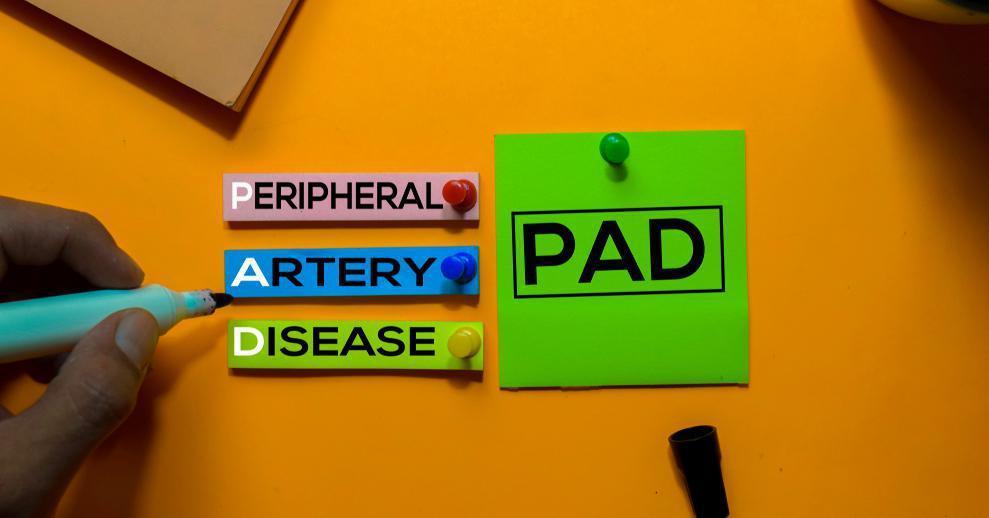Peripheral artery disease (PAD) affects about 200 million people worldwide, including as many as 45 million Americans. Yet despite how widespread it is, many people don’t know about PAD or what signs and symptoms it can cause.
PAD happens when arteries outside your heart and lungs (typically your legs or, sometimes, arms) become clogged or blocked. Injuries and infections can cause blockages that lead to PAD, but the most common cause is atherosclerosis that results in the buildup of cholesterol plaques along the inside walls of the arteries.
Without prompt treatment, PAD can cause serious complications, including organ damage, stroke, and limb loss. Learning to recognize the early signs of PAD is essential for making sure you get medical care before PAD has a chance to cause more serious problems.
Leg or arm cramps
Also called claudication, cramps in the limb affected by PAD happen when a blockage prevents muscles from getting the oxygen-rich blood they need to function normally. Typically, cramping or pain is worse during physical activity, subsiding during periods of rest.
Limb fatigue or weakness
Decreased blood flow to a limb can also result in a sensation of weakness in your leg or arm, or problems with coordination or grip. Your limb might feel heavy or tired, especially during activity.
Sores that take longer than normal to heal
Healing requires a steady supply of oxygen-and nutrient-rich blood to rejuvenate damaged tissue and remove waste byproducts. A decreased oxygen supply interferes with healing, so it can take longer for even a minor injury to heal.
Temperature variation between limbs
Because of the reduced blood flow in the affected limb, you might notice that one leg (or arm) feels cooler than the other. You also might notice temperature differences when comparing your feet or hands.
Weaker pulse in one limb
Usually, the pulse in one leg is similar to the pulse in your other leg. If there’s a large difference, it could be a sign that peripheral artery disease is blocking blood flow in one limb.
Numbness
Loss of blood flow affects the sensory nerves in your skin. As a result, you might notice tingling or numbness sensations in the limb affected by PAD.
Skin changes
Some people with PAD notice that the skin on one limb is paler or shinier compared to the other limb. You might also notice that hair growth on one limb is much slower compared to the other limb.
Erectile dysfunction
Sometimes, PAD affects the vessels in the pelvic region. In these instances, erectile dysfunction can occur.
Not everyone has symptoms
PAD tends to occur gradually, which means you may not notice symptoms right away. In fact, some people don’t notice any symptoms until the affected artery narrows by more than half.
Scheduling a screening for PAD can help identify the disease even before you notice symptoms. Screenings are especially important for people with PAD risk factors, including:
- Age over 60
- Smoking habit
- High blood pressure
- High cholesterol
- Diabetes
With or without symptoms, screening helps diagnose PAD early when intervention is typically simplest and most effective.
If you have any signs of PAD or if you have risk factors for PAD, scheduling an evaluation and screening is an important step toward staying healthy. To learn more or to schedule an evaluation, call 972-295-7017, or book an appointment online with the team at Prime Heart and Vascular today.





